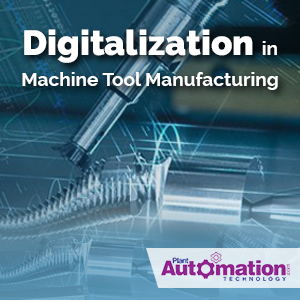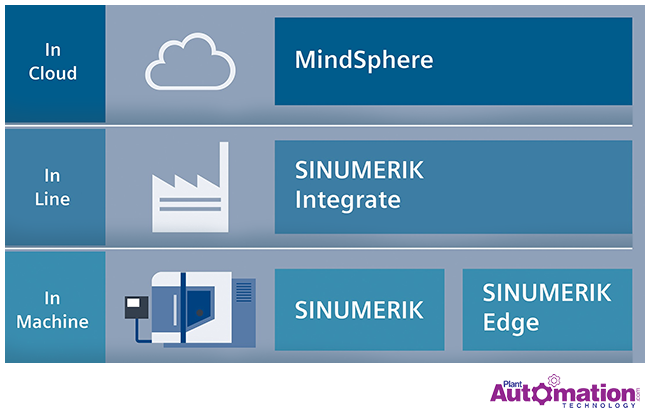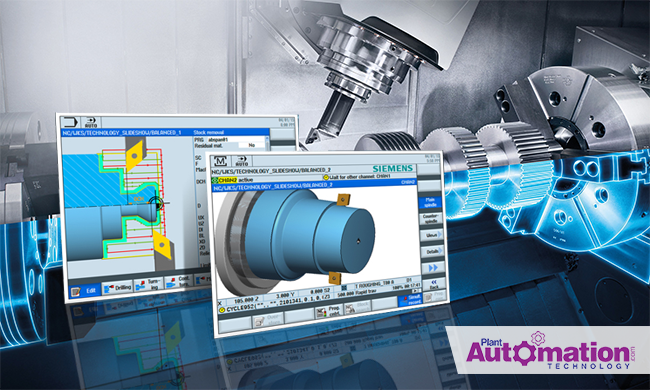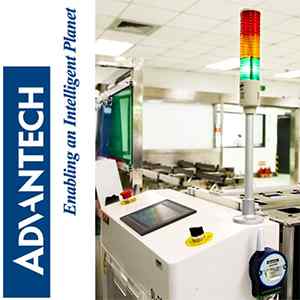Articles
Digitalization in Machine Tool Manufacturing

Introduction:
“Digitalization is all set to transform and improve the machine tool industry". By connecting both the digital and real worlds, there will be a chance to create a new, significant potential for boosting the yield and developing entirely new business models.
Digitalization is a rising trend in the industrial space, and the procedure of finding its way into every corner of the factory/shop floor.
This applies both to those who assemble and use machines, which include the small and medium scaled enterprises also is applicable to the big players in the industry. Digitalization plays the vital role for the increase and prosperity in the machine tool sector, both locally and worldwide.
The digitisation in manufacturing industry which mainly includes CNC machines, Plant mills, and other machineries used in the factory production is the prospect potential that the Internet of Things has been promising us.
Digitalization in Machine Tool Manufacturing:
In this fast paced industrial sector, commoditization, and price demands, the digital transformation or the digitalization is a mandatory change required for machinery and production plant manufacturers.
For machine shops of numerous sizes, there are several ways to improve the productivity, improve shop floor flexibility and protect data security.
And with the machine tool industry in fluctuation presently, as it discovers its way into the digital world, the complete process sequence requires the combination of suppliers who can respond to the necessities of the industry. The big end-customers and machine shops of all sizes are looking for help from their suppliers, while the machine tool builders are trying to collaborate with hardware, software, communications and control suppliers to bring the most needed machine types to market.
Digitalization of machines tools draws in the enormous collection of data. Sensor points which are connected to the ends of machine tools (such as CNC machines) collect data on vibrations, forces, and temperatures.
The data collected is forwarded to the cloud for analysis with a plan of converting that data into a working virtual replica. The more data that is composed, the more precise the virtual twin will be. Eventually they can make available the accurate and real world replication. Design engineers can rely on the results of the replication to plan their machining processes, reducing the waste while maximizing efficiency and accuracy.
Digitalization is Changing the Future of Manufacturing
Manufacturing Industry is facing many challenges such as the rise in clients demands for new, individual, high-quality and yet economical products within a short span of time. At the same time, product supplies have to be manufactured and produced from increasingly inadequate resources, as sustainably as possible. To achieve these necessities, study and trade are heading to the digitization of manufacturing, in which the real and virtual worlds unite in an Internet of things (IOT), services and data.
Here the machines, supplies, mean of transport and goods are prepared with embedded systems, i.e. tiny computers, sensors and actuators and are associated with one another. This leads the way for the future in manufacturing, Industry 4.0.
Digitalization can be used at every level of machine tool operation:

These levels of machine tool operations mainly consists of the communications of hardware and the procedure at the machine, the combination of the machine production and the data existing in the cloud, which can be made used in diverse ways to uplift the productivity with the help of automated analytics of the shop floor’s usage; to escalate the flexibility of the shop floor through advanced means of production; and to preserve the data by the modernized software solutions.
Starting from the CNC on your machines, regardless of the number in a mold shop at the transmission plant ,the pre-analytics can be obtained to construct valuable applications or can be used to dump in the already residing applications which are apt for the production work flow.
These applications are can be customised by our own or can be hosted by a Third party coordinator to build and make use of the already existing provisions, which can provide the order of the information to your plant supervisor or the Global IT department. This procedure benefits the manufacturers of all scales. Considering an example, the users of the machine tools can easily assemble a CNC machine and determine the status of the program and its operations. This would eventually enhance the machine’s productivity, dependability and its access.
There would be questions arising regarding the security in the cloud- based systems, as it gives access to information to the managers and operations department. A complete assessment of the accessibility to the data is necessary before it is used for development.
Digitisation in machine tool manufacturing tools is not an expensive change. The initial steps of digitilisation can be executed very quickly on the shop floor. For instance by making use of the small computers such as the Raspberry Pi. Quite similarly, when it comes to the machine tool builder, The concept of the ”Digital Twin” which involves a machine being completely designed, custom- built and tested in the required environment is changing in this manufacturing industry.

There is rapid rise in the connected machines in the market, for almost all the manufacturers this is an important productive utility. The ability to quickly determine the overall equipment effectiveness, the practical conduct and useful prospective maintenance measures for your machines will supply a enormous profit over the production supply.
There is a five-step method of approach for digitalization in manufacturing tools:
1. Product Design and Machine Concept
Initially, the product is to be designed and modeled. For the digital execution of the product, tools like computer-aided design and computer manufacturing methods (CAD/CAM) are used. The machine concepts which are made used to build are computer modeled aswell.
2. Production Planning and Machine Engineering
With the completion of the design concept, the plan is built and validated for the production by the manufacturers. This step involves the machine builders to customize the drives. PLC”S along with CAM software are used.
3. Production Engineering and Machine Commissioning
This step involves the product manufacturers producing the code and validates the program. For machine builders a Virtual commissioning is done to validate the machine processes. The users are instructed either by an online medium or one on one teaching.
4. Production Execution and Machine Operation
With respect to digitalisation machines are supervised and it involves a constant observation over the process and assuring that the real world results match with the digitilised results. Using the control panels and performance sensors for the aid in the machine performance control and further will serve a smooth production.
5. Services and Machine Services
On combining the sensors, the maintenance done by the digitization twin helps the manufacturers to evade the extra time. On using these combinations of sensors and the analysis software will help the machinists avoid production problems.
Let us visualize this digitalization as an umbrella for the protection of our smart data and information, not the big data alone. IIOT is the necessary integration for all the components of data on the performance of machines, flow of materials, operations efficiency and finally your on the whole productivity.







